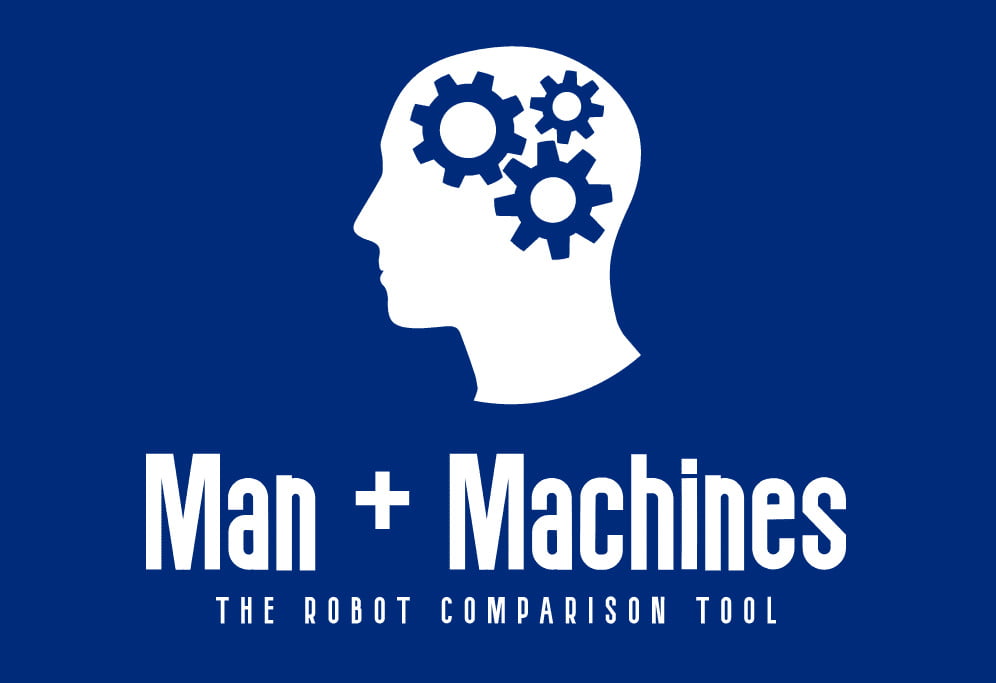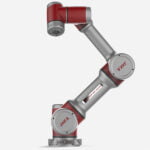What is the story behind ABB’s Yumi cobots?

ABB is an international Swedish-Swiss group specialized in power and automation technologies. It was founded in 1988 from the merger between an electrical engineering company and an electronic engineering company. The latter was a pioneer in the automation market, manufacturing the first fully electrified industrial robot (ASEA IRB). It made ABB quickly expand its range of standard robots and successfully export models internationally.
But to conquer new markets, in 2015 it launched Yumi the first 2-armed collaborative robot. It aimed to show how a robot can be a productive ally for workers. An argument for this is sensing features that coordinate its movements along with them seamlessly. It can thus work face-to-face with workers on precise tasks such as part assembly.
Thanks to accessible interface and precision of movement, it has seduced many industrial, food-related and drug companies, but has also caught the imagination of consumers.
How does ABB’s Yumi work?

After unpacking Yumi from its box, you can plug it in and calibrate its arms and accessories. Once you set it up on its stand and fit it with the appropriate gripper, you can then test its movements using the built-in FlexPendant interface and joystick. Once the calibration is complete, you can then create your first program using the Yumi tablet app.
By pressing and holding the brake button, you can replicate each step of the desired task on the robot arms. The robot will learn and memorize the different positions of the work path by the user’s hand. Through the application, you can also define the starting position, the movements of the two grippers, and the weight of the handled objects.
Through the Robot Studio software, users can also digitally simulate work processes without changing their production line. On this interface, they can also use the camera for inspection or object pickup operations. Yumi can detect certain parts and shapes by properly calibrating its vision. But this requires deeper programming.
Finally, when the learning phase is over, you can then start the program to check the result. If the result is good, you can repeat the process as many times as necessary for production.
What are the field applications of Yumi?

With its two arms and high flexibility of movement, you can teach Yumi many work applications:
- Assembling small parts
- Sorting and cleaning objects
- Pick & place
- Checking parts
- Packaging and labeling
- Painting…
How does the interaction with Yumi cobots actually work?

The experience with the Yumi cobot is quite simple and effective. To program a task, workers can easily manipulate the robot’s arms by hand or joystick. Controls are just as intuitive through manual or motorized mode.
All of this is done safely because Yumi incorporates automatic safety features. With a force sensor, it stops in front of an obstacle to prevent any collision. In this case, users can easily restart the current task by tapping it.
During this learning process, users need also to keep an eye on the Wizard application to code the work paths. While this interface may not be the clearest compared to other cobots, it allows users to define blocks and loops of tasks with a few clicks. You can also define the robot’s behavior in case of an error for more flexibility. All of that help users assign a complete task without a single line of code.
Where things get complicated is in the use of advanced vision applications for pick & place, part quality verification or assembly. The user must know how to calibrate the robot’s vision area, make it memorize recognition patterns, and teach it tasks. This often requires programming more detailed interaction. These applications, therefore, need more in-depth technical skills, but nothing that will put off a specialized user.
Another point is that Yumi has a fairly small payload (0.5 kg). That’s why it specifically focuses on the capture of lightweight and more sophisticated parts.
Our Ratings
Overall
-
Performance
-
Usabillity
-
Safety
-
Versatility
What to make of Yumi ABB series ?
All in all, Yumi series provides very agile cobots with incredible two 7-axis robotic arms. Thanks to this innovative design, workers can work face to face with a robot in a safe and easy way. Its arms especially handle redundant, yet sophisticated tasks with impressive productivity and precision. Its friendly appearance also increases its likability among users. However, the user interface and build design have still room for improvement. Also, its low payload enables it to handle only small parts.




